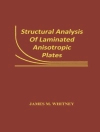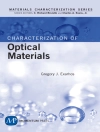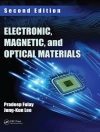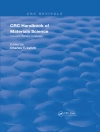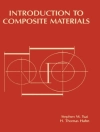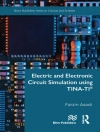This book highlights the photogalvanic effects at low dimensions, surfaces, and interfaces, more specifically 2D materials, such as graphene and monolayer transition metal dichalcogenides. Although the phenomenology of the photogalvanic effects, which can be simply seen as photoresponse nonlinear-in-electric field, have been well-established, the microscopic understanding in each material system may vary. This book is a quick reference and a detailed roadmap starting from phenomenology and continuing with the ultimate low dimensional materials, in which the photogalvanic effects can offer a rich platform at the second-order response to an electric field. A general phenomenology of photogalvanic effect is provided in the first chapter, together with the photon drag effect which also generates a photocurrent like the photogalvanic effect, but with some distinct features, as well as somewhat puzzling similarities. Next two chapters explain these effects in graphene, starting with a necessary related background on graphene, then a particular focus on its specific phenomenology, microscopic theory, and experimental results. In a similar fashion, in chapters four and five, a necessary background for the photogalvanic effects in monolayer transition metal dichalcogenides, with symmetry analysis, microscopic theory, and experimental results is presented, along with the Berry curvature dependent photocurrent, which can also play an important role in 2D semiconductors. The second-order photogalvanic effects that have been covered so far in graphene and monolayer transition metal chalcogenides have already excited the 2D semiconductor optoelectronic research community by several means. It seems that the interests on the photogalvanic effects will continue to escalate in near future.
Tabela de Conteúdo
1. Introduction to light polarization-dependent photocurrent – phenomenology.- 2. Graphene as the model low-dimensional photogalvanic material.- 3. Light helicity dependent photocurrent in graphene planes .- 4. Influence of spin-valley coupling on photogalvanic photocurrents in layered transition metal dichalcogenides.- 5. Light helicity dependent photocurrent in layered transition metal dichalcogenides
Sobre o autor
Mustafa Eginligil, professor in the Institute of Advanced Materials, School of Flexible Electronics (Future Technologies), Nanjing Tech University (Nanjing Tech) in Nanjing, China, foreign expert of Jiangsu Province, received his Ph D in Physics from the State University of New York, University at Buffalo, Buffalo USA in 2010 about magnetic properties of II-VI and III-V magnetically doped semiconductors. Then, he joined National University of Singapore Electrical and Computer Engineering in June 2010, as a postdoctoral researcher where he worked on topological insulators and perovskite materials. In 2012, he moved to Physics and Applied Physics in Nanyang Technological University (NTU) in Singapore as a research fellow, to study magnetic and optoelectronic properties of two-dimensional materials, heterostructures, and topological insulators. He is in Nanjing Tech since December 2015, as a full professor, where he was selected as one of the recipients of 100 Talent of Jiangsu Province (2016), Six Talent Peak of Jiangsu Province (2017), and Talent Ambassador of Nanjing Tech (2021). His current research interests are chirality and symmetry in physics and chemistry; 2D materials optoelectronics for memory and sensing applications; and energy harvesting materials and related device applications.
Yu Ting, professor of the School of Physics and Technology, Wuhan University, China, chief scientist of the key special project of the National Key R&D Program “Nano Frontier” received a doctorate degree from the National University of Singapore in 2003 and joined Nanyang Technological University in 2005 after his postdoctoral as Singapore Millennium postdoctoral fellow, then was promoted to a full professor (tenured position) at Nanyang Technological University, Singapore in 2017. Dr. YU has received many prestigious awards including Nanyang Excellence Award for Research and Innovation (2008), National Young Scientist Award, National Research Foundation Fellowship Award (2009), Outstanding Young Scientist for the 3rd Inter Academy Panel/World Economic Forum (Summer Davos Forum) ((IAP/WEF, Representative of Singapore, 2010) and Institute of Physics Singapore, Nanotechnology award (2011) et al. His research interests cover fabrication of low dimensional, especially 2D materials and investigation of their optical, optoelectrical and optomagnetic properties for developing novel electronics, optoelectronics and data storage devices. Dr Yu has published more than 300 SCI papers and received over 30, 000 nonself-citations. His H-index is 103.


